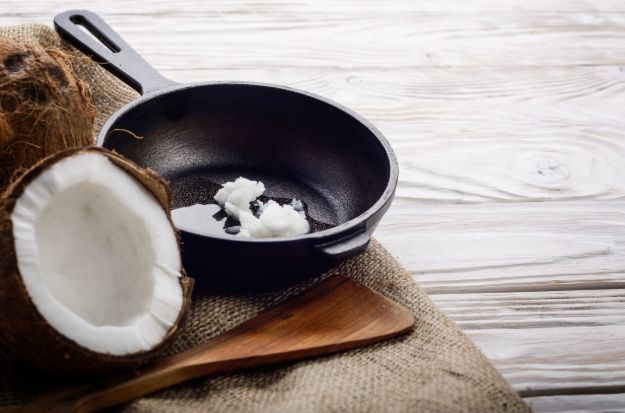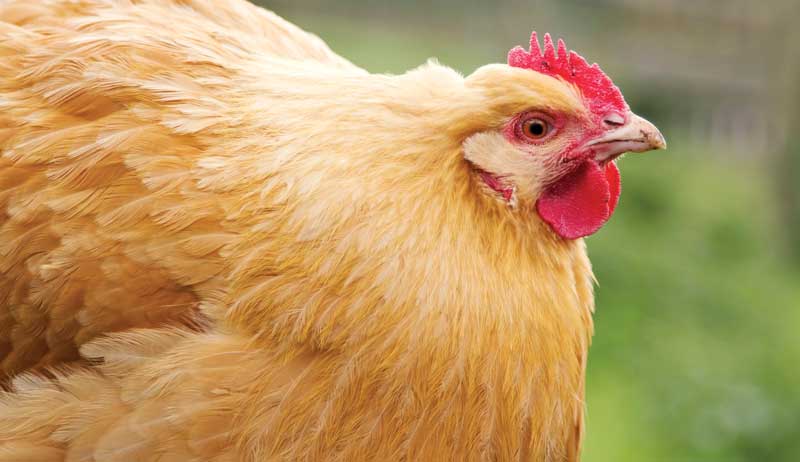Living in an age where we are so disconnected from the origins of our food has made survival a subject of wonder. We have repeatedly been told that our water needs to be boiled and filtered or that our food needs to be cooked to be edible.
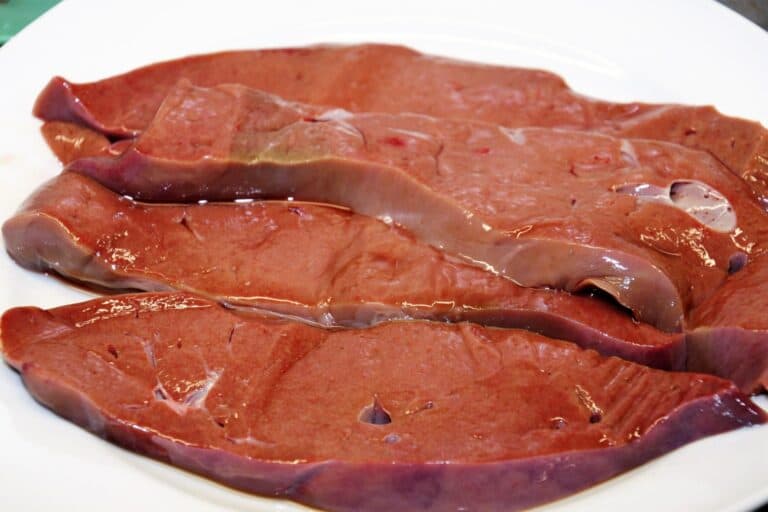
This mentality has been laser-focused on products such as organ meat, the liver being a prime example. Cross-contamination is a threat, it’s true. But only if the ingredients are handled improperly.
Yes, you can eat liver in a survival situation or otherwise. Being cautious is advised since it is one of the primary detoxification organs which can hold impurities and disease unless cooked properly.
The liver is one of those food items that people either love or hate. While there are clear benefits to consuming it there are also some factors that need to be considered before you try it, especially in a survival situation.
Should You Eat Liver Raw or Cooked?
While it is possible to eat the liver raw and be just fine, the risk of food poisoning is still there.
Even cooked, you can still reap the benefits of eating the liver with a much-reduced risk of damaging your health.
Eating any meat that is uncooked has a large risk of making you sick. Pathogens cannot stand high heat for a long time which makes cooking the liver thoroughly the ideal way to prepare it.
All of the harmful substances from environmental pollution, heavy metals, and similar chemicals are filtered through the liver. This means it is an epicenter for issues such as parasitosis or chronic disease.
Raw Liver
The raw liver consists of a smooth, creamy-like texture paired with a strong taste that can be off-putting. Some people claim that the liver has a sweet nuttiness to the taste that cannot be found anywhere else on the animal.
Foie Gras (duck liver) is considered a delicacy with its unique taste and texture.
It’s interesting to note that the taste of the liver depends on the animal it came from. This means that the liver from a duck won’t taste the same as a beef liver.
Cooked Liver
Growing up as a kid I remember my mother cooking up some liver and onions and I found the taste revolting.
However, everyone else in my family didn’t mind the taste. I found that it has a strong flavor, much like iron or blood in my mouth.
It was quite tender to the fork but there was just something about that overwhelming taste I didn’t like.
The larger the animal is the more flavorful the liver. If it is overcooked then it will be hard to chew, much like sturdy leather. When prepared properly it will maintain some of that soft texture it had while it was raw.
What Are the Benefits of Eating Raw Liver?
If the taste and texture of cooked liver turn some people away, then what exactly is the draw towards eating…
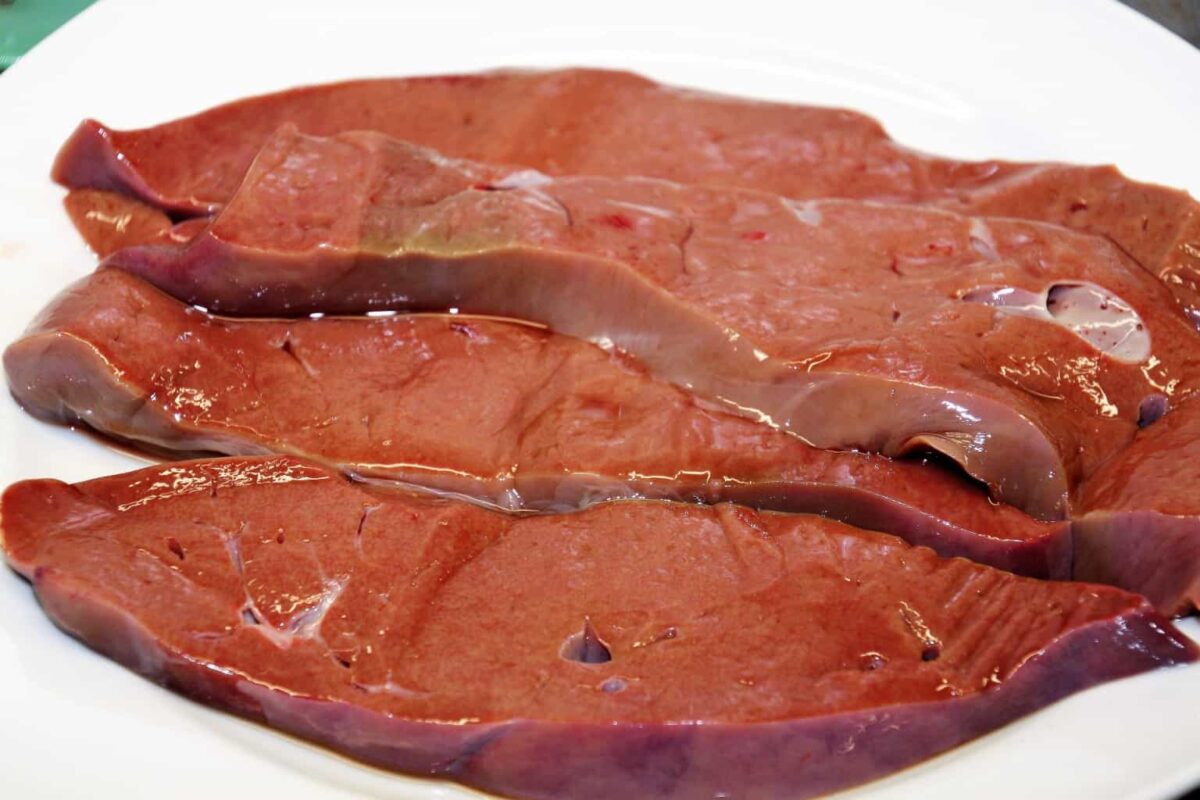
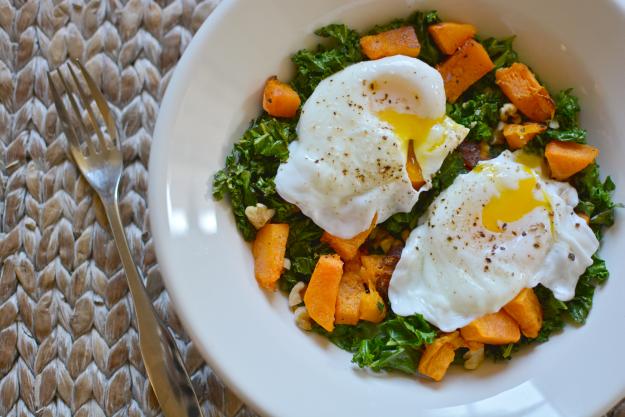
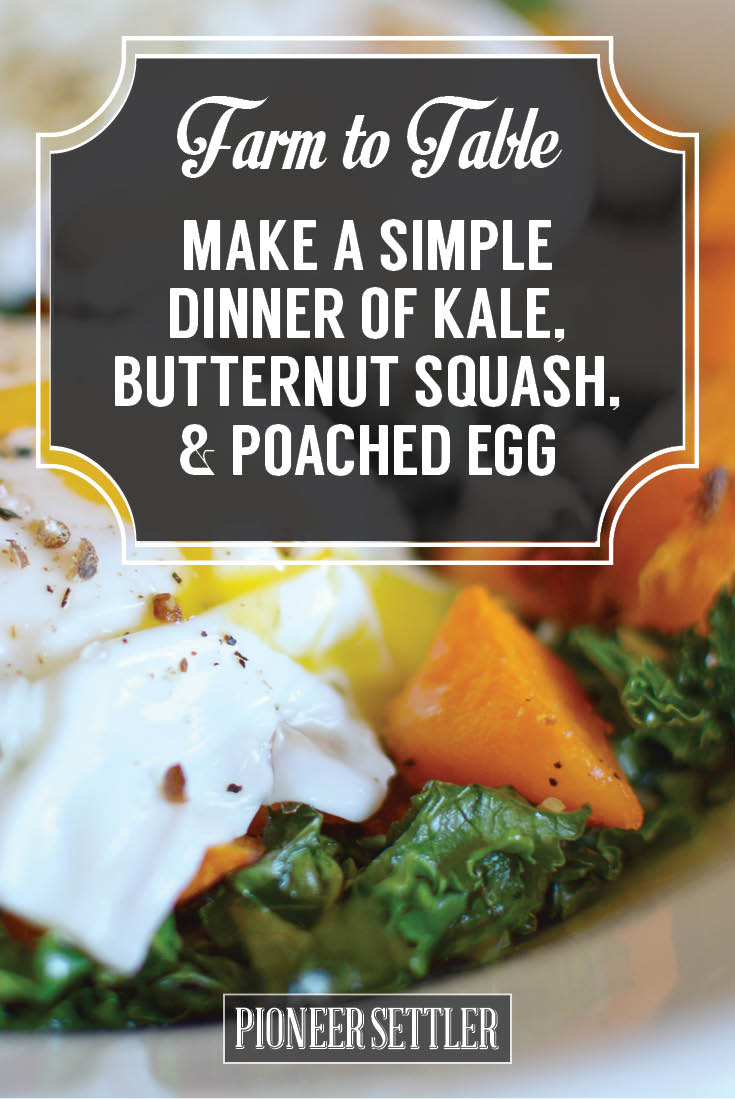






 Poison Ivy can be identified by three flat leaves in a group
Poison Ivy can be identified by three flat leaves in a group  Your skin will break out in rash with an oil residue
Your skin will break out in rash with an oil residue  Watch for poison Ivy EVERYWHERE – it can grow along forest floors, walls, fences, and pops up among other shrubs and foliage.
Watch for poison Ivy EVERYWHERE – it can grow along forest floors, walls, fences, and pops up among other shrubs and foliage. 
![[NEWS] Homesteading In Space | Homesteading Simple Self Sufficient Off-The-Grid](https://jeffcassman.net/wp-content/uploads/2023/02/83-Try-Many-Types-Of-Farming-For-You-And-Your-Homestead-ss.jpg)



![45 Savory Cast Iron Skillet Dinner Recipes [2nd Edition]](https://jeffcassman.net/wp-content/uploads/2023/02/homemade-spinach-feta-fritatta-skillet-cast-iron-skillet-dinner-recipes-ss-feature-1200x672.jpg)
